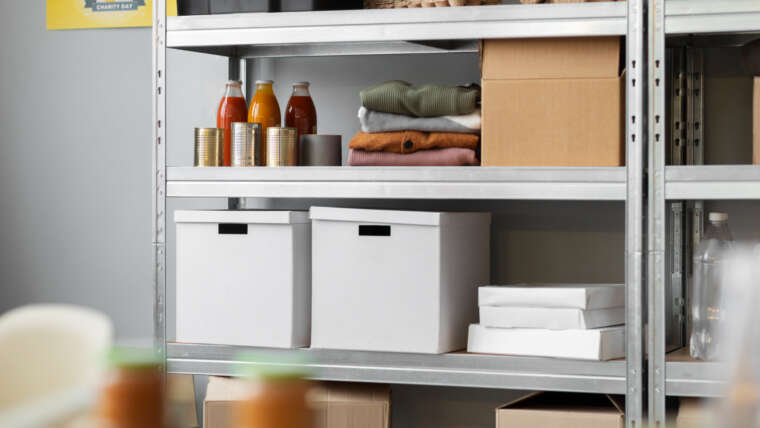
Choosing the right incubator for your application is vital if you are a lab technician. Whether you are looking to grow bacteria or mammalian cells, perform BOD water analysis, ferment microorganisms, or conduct plant cell growth, there is an incubator that’s right for you.
Incubators are equipped with temperature, humidity, and light controls to maintain optimal conditions for sample incubation. Refrigerated incubator provide an ideal solution for applications that require controlled environments below ambient temperatures.
Temperature Control
Most biological and chemical reagents have a limited thermal window for storage and use, which means they must be carefully controlled. Compressor-based refrigeration systems offer a high coefficient of performance (COP) to deliver precise temperature control below ambient efficiently.
Many labs conduct tests that require a low temperature, such as Biochemical Oxygen Demand (BOD) testing. A refrigerated BOD incubator maintains the sample’s temperature below 20degC during this process, ensuring accurate results.
Reagents stored in a refrigerator generally tolerate small temperature changes. However, the reagent will break down quickly if the temperature rises above the refrigerator’s minimum setpoint.
A study published in vaccine showed how various factors, including the defrost cycle, door opening, and power outage, impacted the temperature stability of domestic refrigerators used for vaccine storage. The researchers found that pre-emptively loading a unit with additional mass in the form of thermal ballast materials can extend viable vaccine storage time during power loss events.
Humidity Control
When choosing an incubator, it is vital to consider the humidity control features. It can help reduce the spread of germs and keep equipment clean and dry.
Incubators can also help protect sensitive samples from contaminants and prevent corrosion. Some have HEPA filtration to cycle the air and remove impurities continuously, while others feature antimicrobial copper components in the chamber.
Most cooled incubators use coolers to maintain precise temperature uniformity for various applications, including germination studies, fruit fly culturing, plant cultivation, and wastewater treatment. Some incorporate UV sanitization and high-heat decontamination cycles to kill bacteria and viruses.
Light Control
Incubators with a light control feature provide a comfortable environment for conducting experiments. They can simulate the growing conditions of developing seeds, plants, and other biological materials such as food, medicine, and cosmetics.
In addition to providing an ideal environment for bacterial growth, these incubators can also be used for photostability testing. The temperature, humidity, and lighting conditions must be precisely controlled during these experiments to keep the samples stable.
These models offer forced air circulation and a PID microprocessor temperature controller that provides an accurate and constant temperature. They come in 2 sizes and are ideal for various applications, including BOD determinations, plant and insect studies, and bacterial research.
These models have an inner glass door that keeps the sample temperature stable during observation. They are also designed with a sliding window that can be closed for use with light-sensitive materials. They also have a hermetically sealed compressor and an automatic defrost option to prevent cold air from entering the chamber.
Automation
Labs of all shapes and sizes increasingly use laboratory automation to increase throughput, reduce error and improve efficiency. Whether a single piece of equipment or full workflow automation, this technology can be game-changing for busy labs.
Ultimately, the type of automation you adopt will depend on your goals and the money you invest. Choosing the right approach is essential for your lab to reach its maximum potential and maximize ROI.
One way to determine the best approach for your lab is to identify and prioritize the processes you would like to automate. It will help you decide which areas of your lab can be automated and how much efficiency you can expect to gain.
Another critical step is to evaluate your current lab’s layout and electrical capacity before determining what automaton system will work best in your space. Considering these factors will ensure you get the most out of your system and avoid costly rework later.


